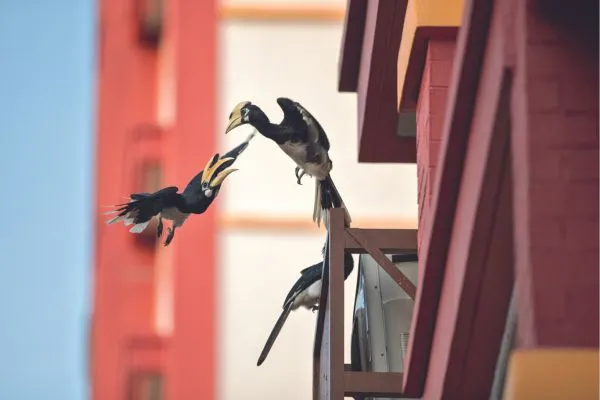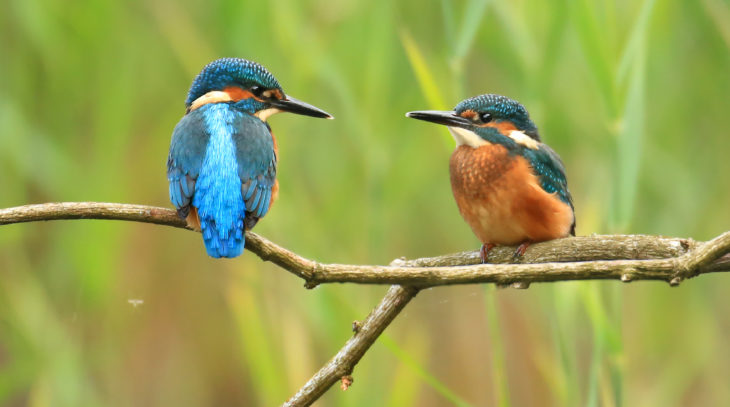
Bird lifespans are something of a paradox. Birds live fast, but they don’t die young. They burn energy at more than twice the rate of similar-sized mammals, so birds should theoretically age more quickly due to the faster accumulation of harmful biochemical by-products. And yet, for reasons that are poorly understood, birds generally live about three times longer and show few signs of age-related decline.

Large parrots routinely exceed 60 years in captivity. A macaw once owned by Winston Churchill reportedly made it past 100. The oldest wild bird on record, a Laysan albatross named Wisdom, is still going strong at 72 and was seen incubating an egg in 2020.
Even a tiny broad-billed hummingbird weighing just 5g can live for 14 years. Among garden birds, house sparrows can reach 18, blackbirds 20 and goldfinches a staggering 27 years. Most, though, will be picked off by predators long before that and nearly half don’t survive their first year.
At the other extreme, few Japanese quail live beyond three. This might be due in part to the rigours of their intense reproductive lives. Reaching sexual maturity at two months, they pump out a clutch of 10 eggs two or three times a year.






